Thinking
Feldenkrais
Excerpt from 'First Things First' Q&A Session

On March 24-25*, David Zemach-Bersin will teach an online ATM workshop for Practitioners only called The Roots of Uprightness: Your Inner Reptile. David looks forward to exploring the maturation of our anti-gravity function and the importance of the reciprocal relationship between the extensors of our back and our abdominal muscles for well-organized uprightness.
Below is an excerpt from the Q&A session after David's 2022 Advanced Training, First Things First, in which he talks about how these ideas apply to Functional Integration® lessons.
David: I am in Pennsylvania, USA, and Raz Ori joins me from Tel Aviv, Israel, and Anastasi Siotas from the Mediterranean island of Crete. I'm honored to have them join me so we can have an enriching dialogue between the three of us. Let's have the first question.
Raz: There is an interesting question regarding the workshop title, First Things First. You mentioned that it was inspired by virtual Functional Integration lessons that you were gi...
Walking Patterns & Your Knees
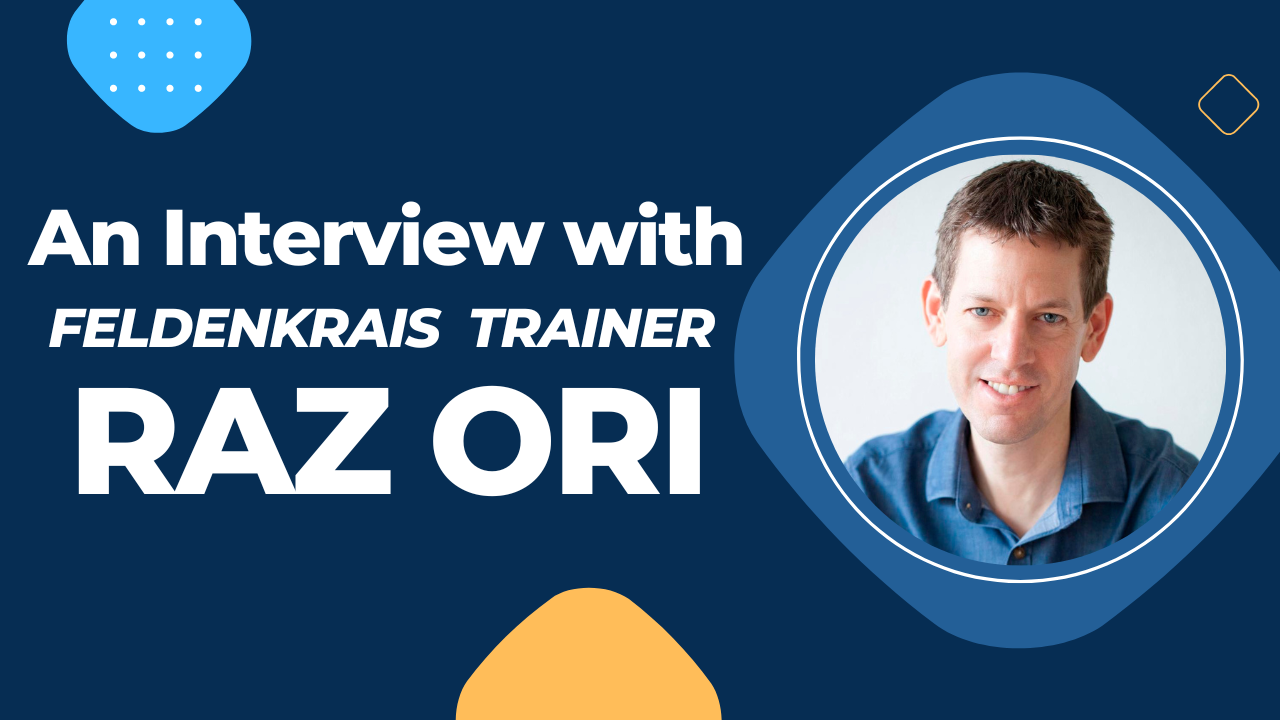
Ira Feinstein: How were you introduced to the Feldenkrais Method?
Raz Ori: I knew about the method from a very early age because my parents were ATM consumers. My most vivid memory of the Feldenkrais Method is from age twelve. I had back pain from a long car drive, and my mom told me, ""Okay, lie on your back."" She gave me one movement, and I can still recall the kinesthetic experience of feeling the relationships she was pointing me towards. It was mind-blowing in its simplicity.
Ira: How did you progress from that initial experience to becoming a practitioner?
Raz: When I was nineteen, I started seeing a Feldenkrais practitioner regularly to alleviate pain. After a few sessions, I realized I wanted to study the Feldenkrais Method in-depth. I began doing Awareness Through Movement lessons at home and read Dr. Feldenkrais' books. After a year of self-study, I joined a professional training at the age of twenty.
Ira: A bit of embarrassing self-disclosure here. I read all of Mo...
Scholarship Program
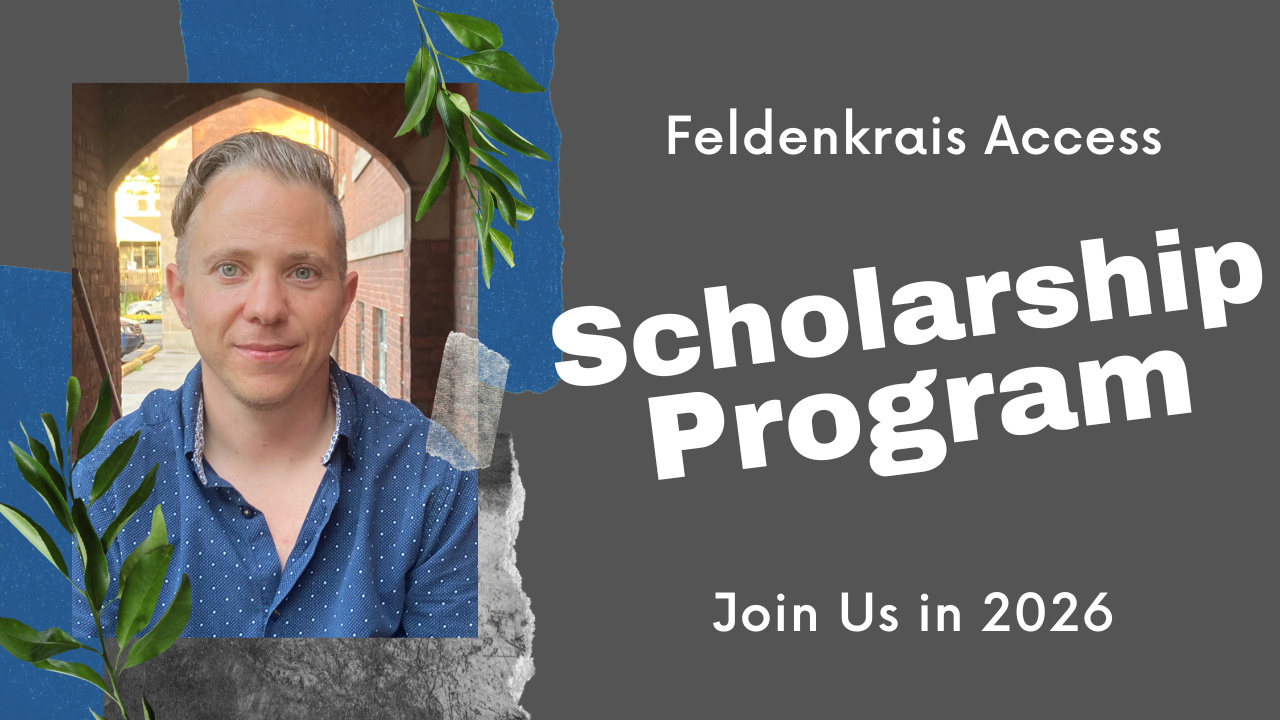
Ira Feinstein, Managing Director
When I was in my twenties, my favorite job was at a small nonprofit that gave me a sense of direction, a loving and supportive work environment, and a small paycheck. I could pay my bills and go out to eat now and again, but otherwise, I lived frugally. During that time, I found myself in pain—both physically and psychically—and I set out to find ways to alleviate both. I discovered— and found significant relief from—one-on-one Feldenkrais lessons, but the cost was prohibitive. Luckily, a friend of a friend offered to give me lessons for one-quarter of his regular price! It was still a lot of money for me, but I adjusted my budget just enough to make it work. The sessions became the highlight of any given week for almost two years. A decade-plus later, I’ve realized that even if I could’ve paid full price, there is no way I could truly quantify how profoundly those lessons changed me. To say that I might not still be here otherwise is not an overstatem...
Benjamin Zemach & Moshe Feldenkrais
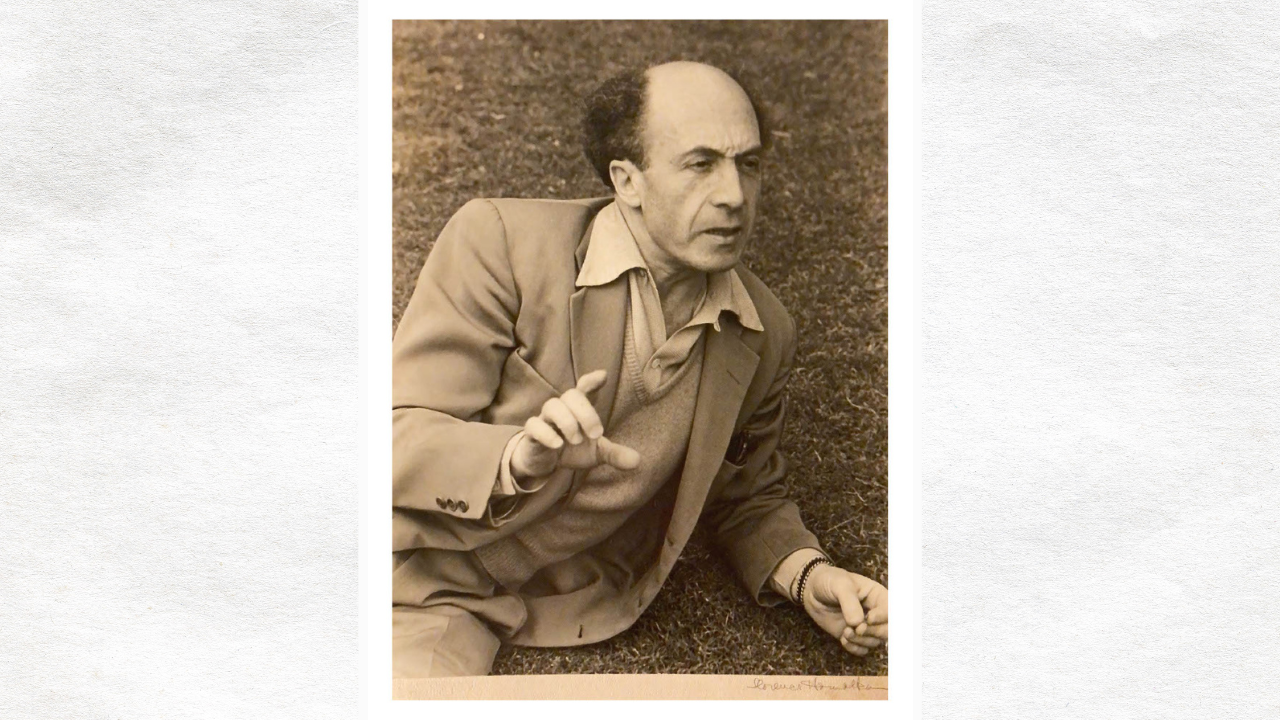
Some of you may know that Zemach became part of my surname when my wife, Kaethe, and I joined our last names. Kaethe's grandfather, Benjamin Zemach, was a dancer, actor, and early member of the Habima Theater company in Russia and Poland. Benjamin and his wife, Elizabeth, lived in New York and California before immigrating to Israel in the 1970s. Benjamin knew Moshe Feldenkrais well; they often shared Friday-night dinners together, and Benjamin attended the weekly ATM class for performing artists that Moshe taught at Habima for many years.
Last week, Kaethe was going through some papers and found a letter from her grandmother, Elizabeth, in which she refers to receiving FI lessons from Moshe. She says, "My back is much better, and if I can get the knack of riding these buses without slipping more discs, I'll be sailing pretty. Feldenkrais is quite exceptional, but also like a child who has made a discovery and do...
An Interview with Feldenkrais Trainer Paris Kern
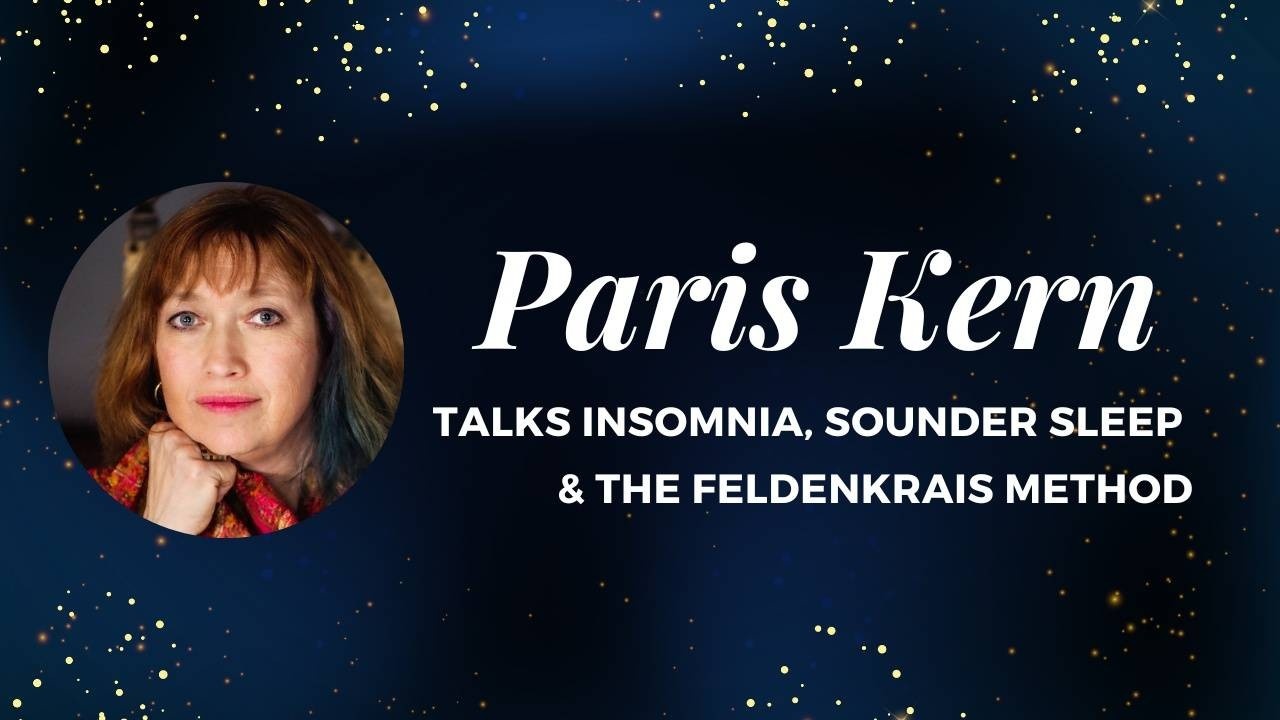
Ira Feinstein: What brought you to the Feldenkrais Method®?
Paris Kern: I'm a singer and a guitar player, and in the late 80s, I was canceling concerts because I was in so much pain. I went down all the typical allopathic channels looking for a solution. After a while, I saw an osteopath, who was the first person who actually listened to what I was telling him about myself. He said, "Why don't you go to this massage therapist? She's really good." I went to the massage therapist. I would feel good for a few days and then return to square one. After a while, she said, "This person is doing a Feldenkrais® workshop. I think you'd probably like it." So, I went.
Ira: What was that first workshop like for you?
Paris: Finding the Feldenkrais Method was coming home for me. I was raised by a father who was a psychiatrist and an environmentalist mother, both of whom thought in systems. My father was instrumental in creating the concept of the Family System Theory along with Virginia Satir ...
Knee Awareness at 44

Ira Feinstein, Managing Director
Lately, it seems as though people with knee problems have surrounded me. Knee bursitis has resulted in my mother-in-law's inability to walk confidently without a cane. A close friend had ACL surgery this summer and told me rehab became her 'full-time job' for the first two months afterward. Another friend is holding off o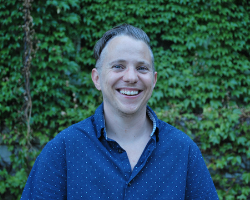 n getting ACL surgery but is now limited in how far she can walk. Once able to go on a ten-mile hike without thinking twice, she's now lucky if she can walk a quarter of a mile without needing to sit down.
n getting ACL surgery but is now limited in how far she can walk. Once able to go on a ten-mile hike without thinking twice, she's now lucky if she can walk a quarter of a mile without needing to sit down.
At 44, despite over a decade of playing soccer, I've been able to avoid any significant knee problems, but lately, I've noticed that my movements have changed. I can no longer turn on a dime without feeling something in my knee tighten up. Distant memories of relatives hurting themselves by "just moving wrong" have started to replay in my mind. In my twenties and thirties, I didn't know what this meant. Now I do.
Luckily, unlike m...
Inspired by Moshe! Strategies for Lengthening the Spine

A Life Enriched: An Interview with Carol Kress

Feldenkrais Trainer Carol Kress shares stories from her first Feldenkrais lesson, her professional training, and more in this interview with Ira Feinstein, FA Managing Director.
Can You Shorten a Feldenkrais lesson?
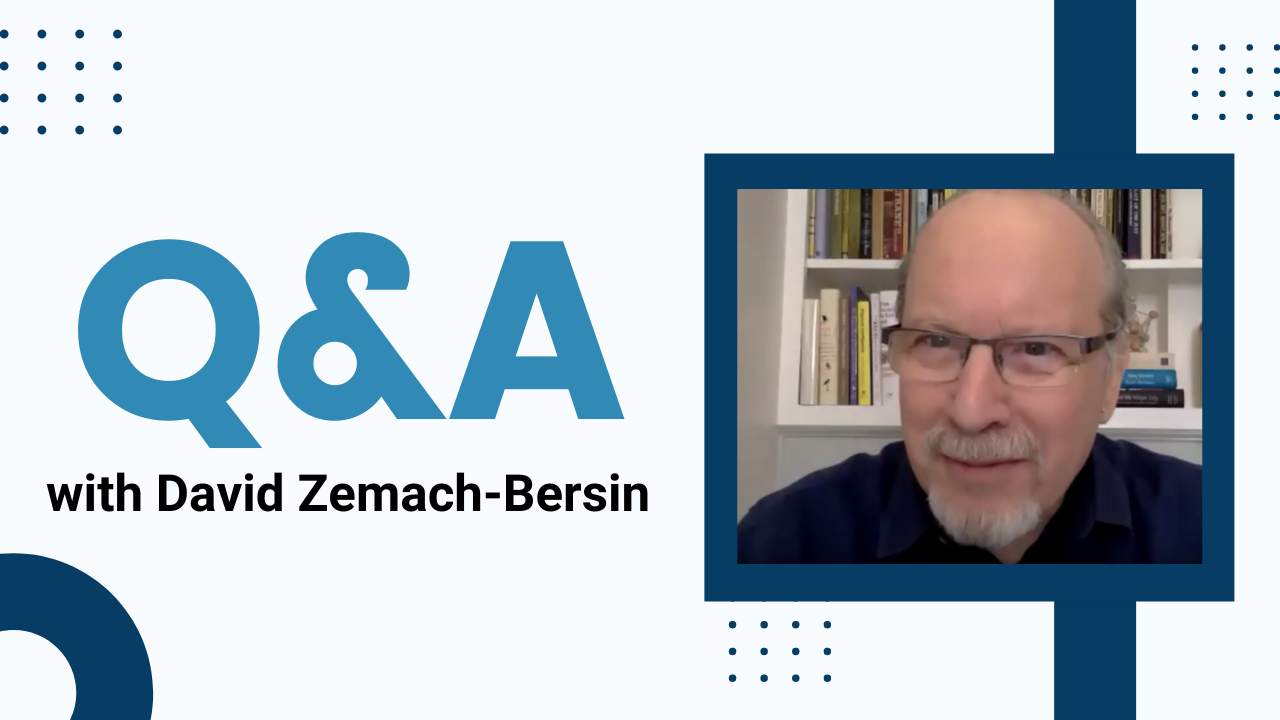
This question is an important one, and frequently asked:
Q: Sometimes, I want to do a Feldenkrais® lesson but don't have time to do a full-length one. Can I abbreviate a lesson, or do something shorter?
A: Yes, absolutely!
First, in most of my online series, I have provided a set of short exercises to help those attending my classes to develop and maintain the positive benefits. These short 'quickies' are intended to play a supportive role, and can be used casually, anytime.
Second, feel free to abbreviate a full-length lesson, after you have thoroughly experienced and 'learned' it. If you find a particular lesson to be helpful, I recommend that you do the full-length version again, two or three times. You will have a new experience and notice new things, each time you do it. Then, you can adapt it to fit your time constraints.
There are several ways to do this. Perhaps you can do each movement fewer times, or do only the first half of the lesson. Or, you can focus on the movem...
A Proposal for a Strategic Hierarchy in Functional Integration



